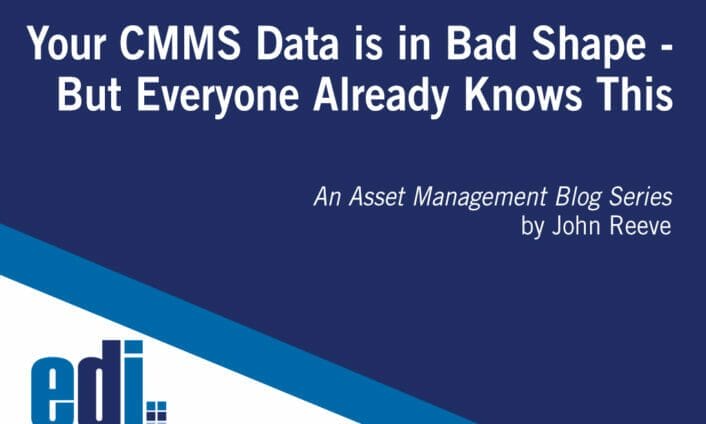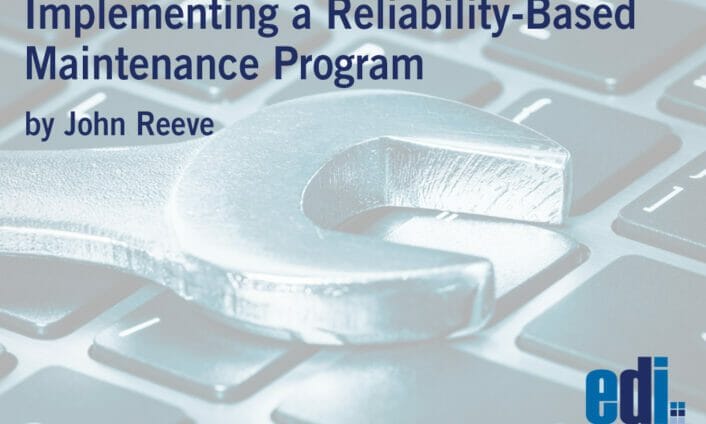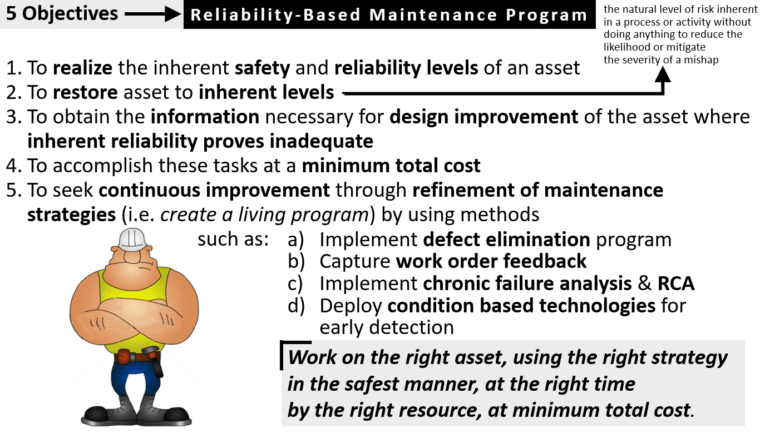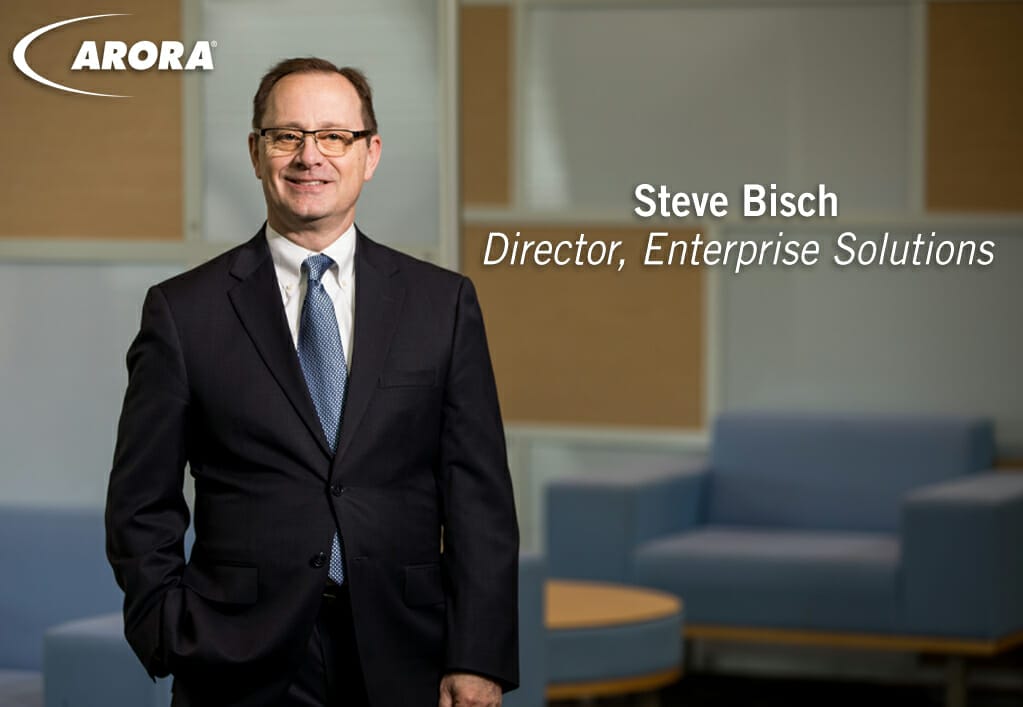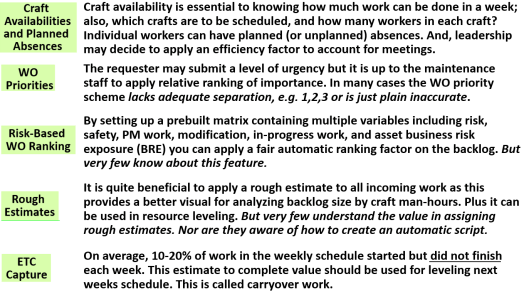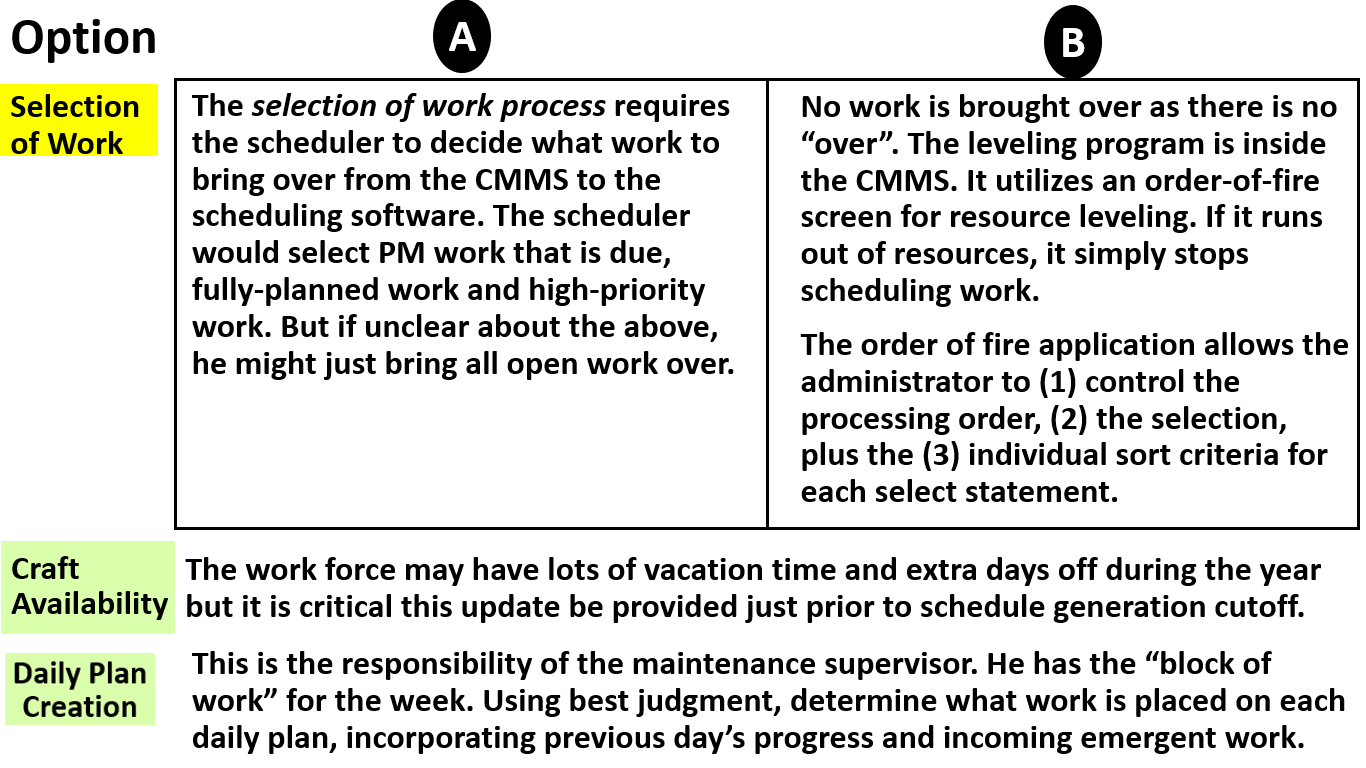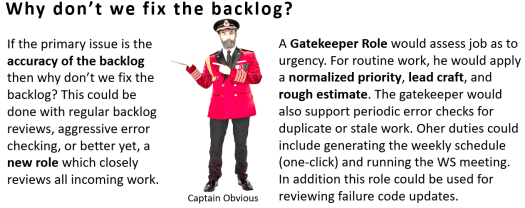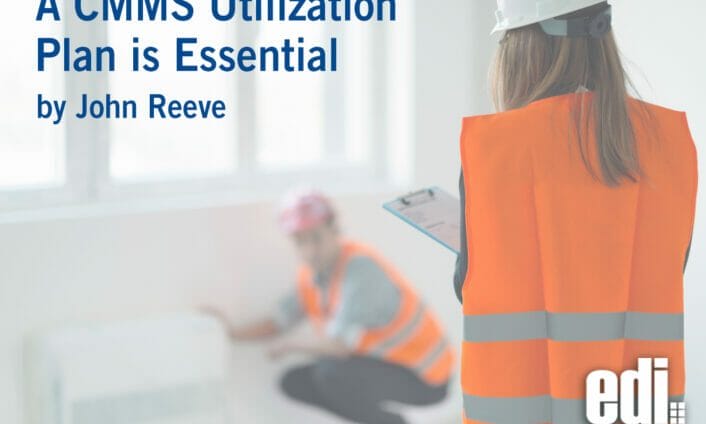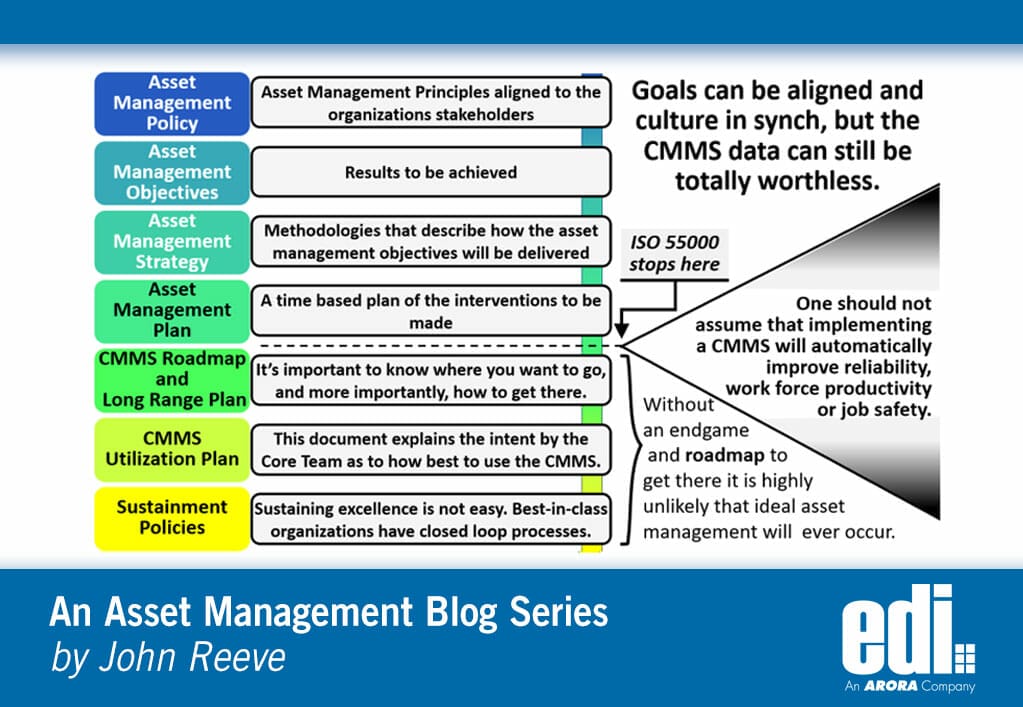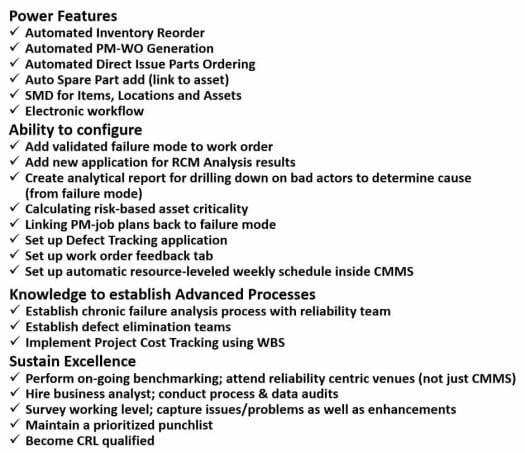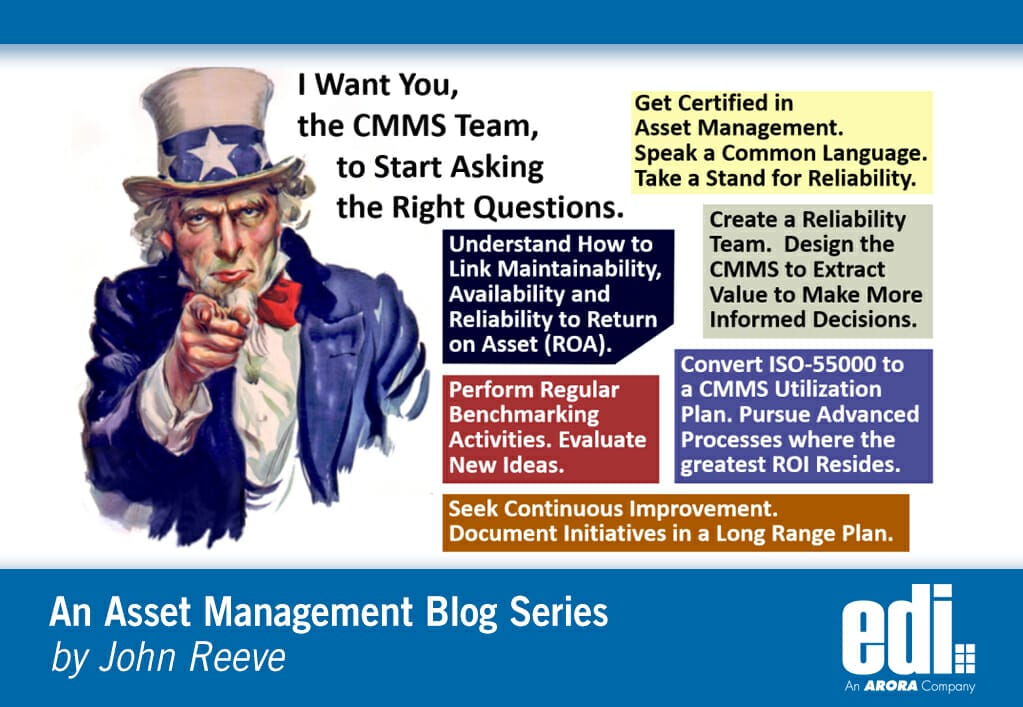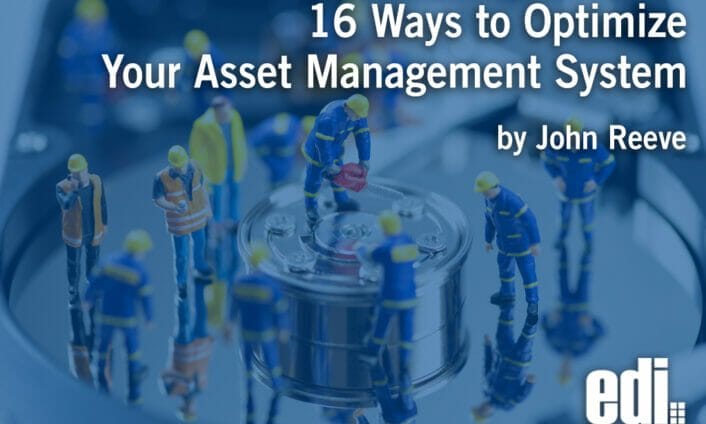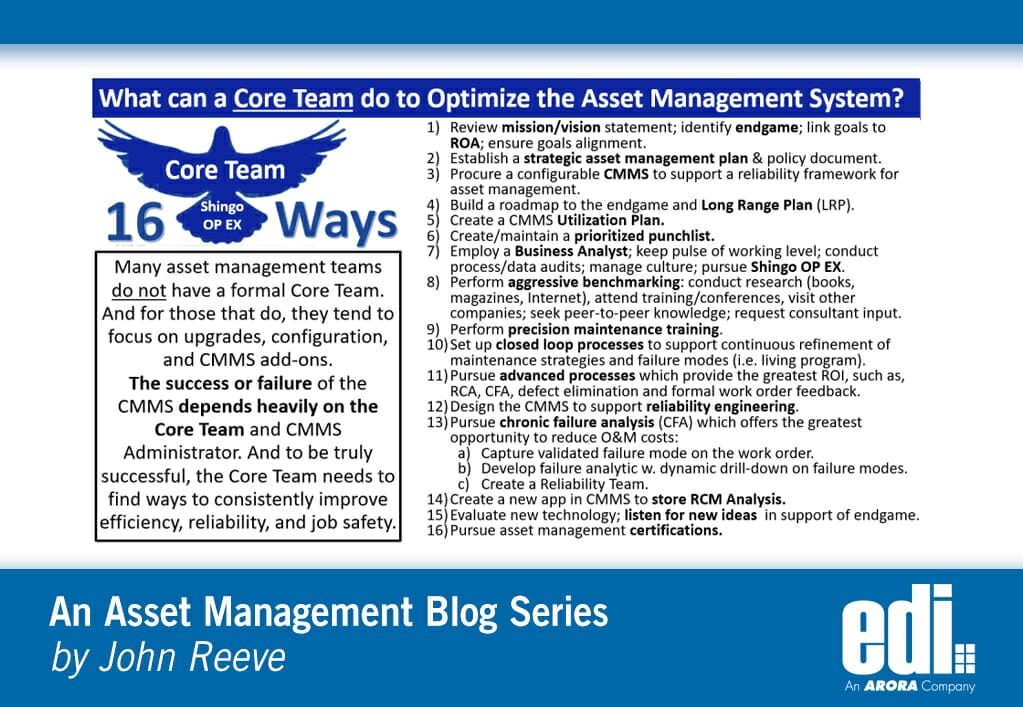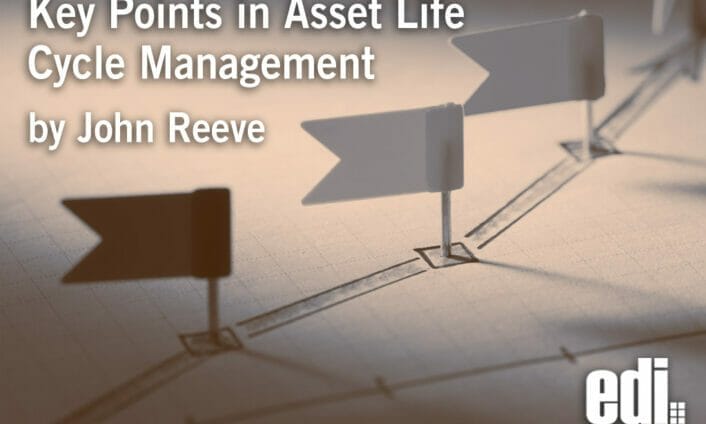NEWS AND INSIGHT
Categories
Tags
Recent Posts
How Do You Implement an EAM?

There are many different EAM systems and integrators whose implementation goals and processes vary greatly. If an organization is seeking to implement an EAM system to manage their assets, we recommend that they first define their goals for the system and clearly define what ‘success’ would look like. Whether they are seeking to increase labor efficiency and reduce overall maintenance costs, improve inventory management, develop business processes and system capabilities for the tracking and charge back of airline and tenant maintenance services, or improve health, safety, and environmental performance, there are EAM systems which can be utilized to help them more efficiently meet the needs of their organization today and in the future.
Organizational change management is one of the most important, and often challenging, aspects of replacing or implementing a new technology, but critical to the overall success of the project. The organization needs to decide that they are ready to invest in this necessary culture change and put the required resources and processes in place to help the organization through this process. The key components needed to enact this culture change include:
- The organization needs to have a clear definition of success, and then ensure that those benchmarks are communicated to their selected EAM implementor.
- Collaboration between the organization and their EAM implementor, to ensure that their goals and needs are met.
- Internal team leaders and stakeholders who are enthusiastic about the system, and who understand the business requirements and ensure that the needs of all their team members are met while the system is in development.
- Training of key staff who can then train their teams and demonstrate long term support for the system.
The length of the process depends on the goals of the organization, as well as the expertise and level of involvement of their chosen implementor. For example, Electronic Data, Inc. (EDI) recently assisted Salt Lake City International Airport (SLC) in implementing IBM’s Maximo Enterprise Asset Management system for their brand new, 4 million SF Terminal in just 90 days. In late July of 2020, EDI began by working in lockstep with the airport creating an outline of the functional requirements for their new enterprise asset management system. EDI then planned, configured, tested, trained, deployed Maximo and provided post-deployment support to SLC to ensure Maximo was operational for the opening of the first phase of the $4.1 billion redevelopment program in September of 2020.
The Airport wanted their new asset management system in place so the facility managers could ensure that equipment and systems in their new terminal would be properly maintained from the outset. Using EDI’s preconfigured eSAM for Airport’s solution, EDI rose to the challenge and the system was live in less than 90 days. Though, this quick of an implementation is rare— EDI was recently awarded the 2021 Best Maximo Enterprise Asset Management Implementation Program award at this year’s MaximoWorld conference in recognition of this tremendous accomplishment.
EDI has developed industry-specific solutions that significantly reduce the implementation time and cost of software deployment, providing cost-effective and timely value proposition return on investment. To request more information, click here.






